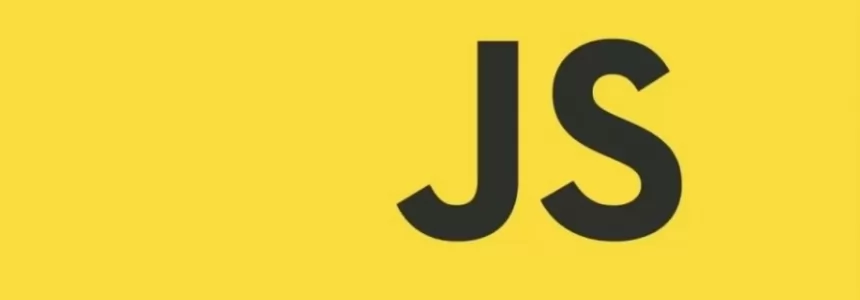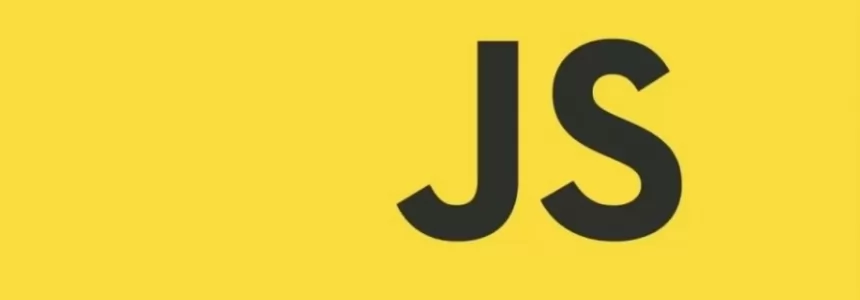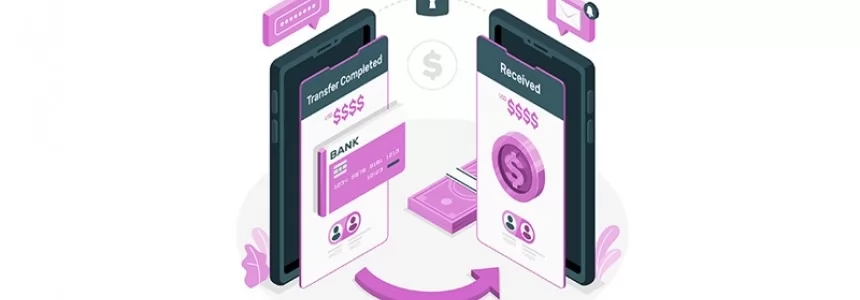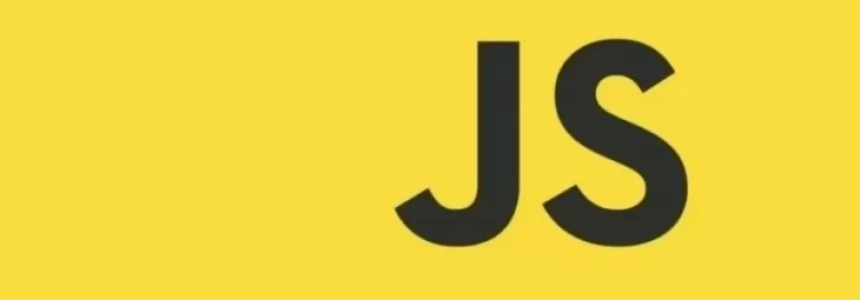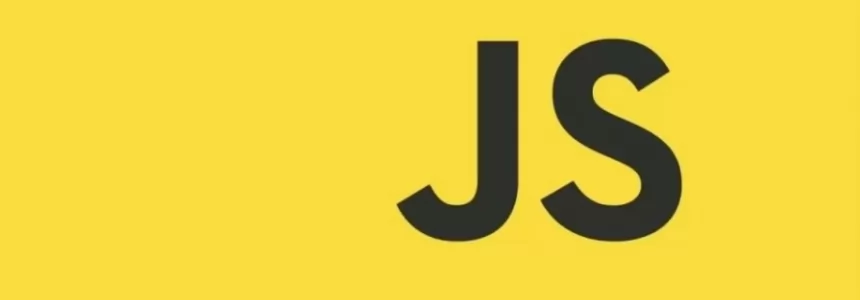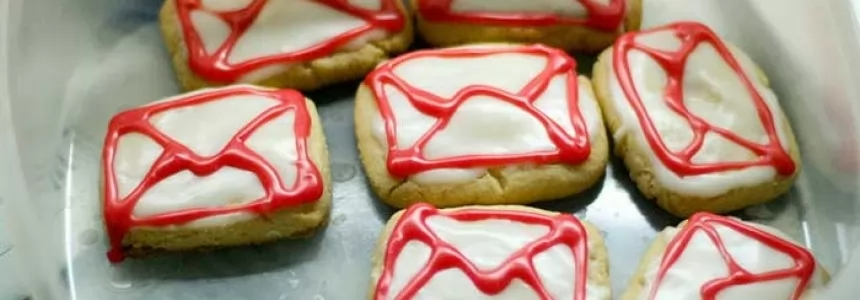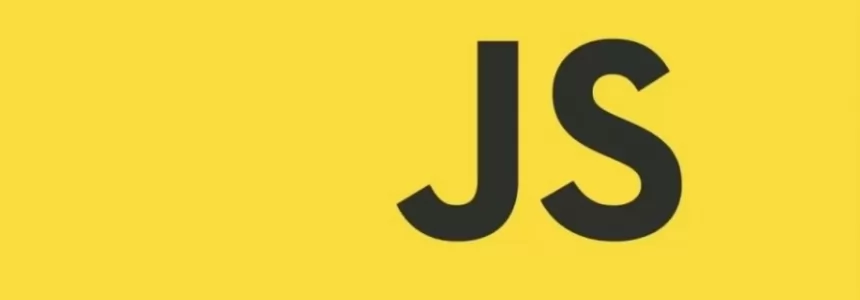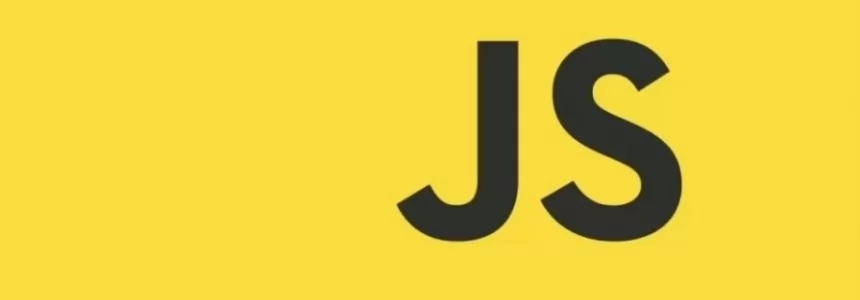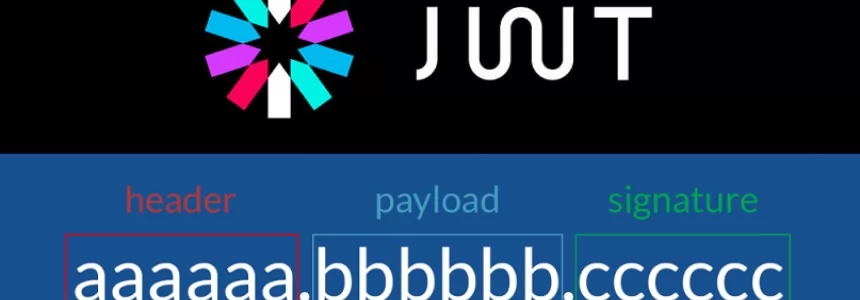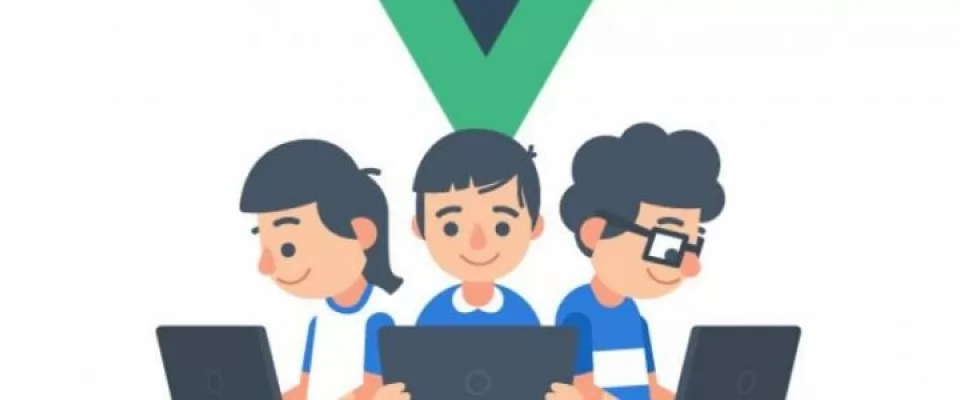
Learning a new framework can be a very complicated process for any developer, especially for someone that is still learning the basics of JavaScript. For this reason, we decided to create this series, which will make Vue.js learning as easy and digestible as possible.
How to integrate Vue.js to your project
There are several ways you can integrate Vue into your web project. Let's begin with the simplest one.
Most tutorials automatically assume that you understand how to set up and run a development environment in which you should use things like npm, the webpack...
We will start with a much simpler beginner-friendly approach.
Just go ahead and run your favorite code editor. Then, create a new file called index.html.
<html>
<head>
<title>Vue test page</title>
</head>
<body>
<h1>Hi world!</h1>
<div id="app"></div>
</body>
</html>
We just set the bones for a simple website, nothing really fancy. Now, let's get the library of Vue. Before closing,< /body > paste this script tag.
[...] <script src="https://cdn.jsdelivr.net/npm/vue/dist/vue.js"></script> </body>
So we can use Vue now that it's loaded into our page. Let's go ahead and and and in a < script > tag create a new Vue instance. We will give it a selector by passing #app to the options object property, and Vue will know where to render our app.
Place this script after html.
<script>
const app = new Vue({
el: '#app', // 1
data: { // 2
myLocalProperty: 'Im a local property value' // 3
}
});
</script>
So what's going on here? We created a Vue instance and pass It a configuration object.
el: As I said before, we have to tell Vue where we want our app to be displayed in our HTML. Div with the app ID in this cadata object: Vue instance has a local storage system, such as a box of variables and properties that we can use when coding the app. Data holds a JavaScript object, so we assign it one with the { } syntax. Inside, we place a property.myLocalProperty: This property is defined within the data object for our instance, the name is myLocalProperty and the value on the right is the value - a string in this case.
Displaying properties on our app
Right now, if you open index.html in your browser, there's not much going on.
Let's add some code:
<html>
<head>
<title>Vue 101</title>
</head>
<body>
<h1>Hi world!</h1>
<div id="app">
<p>My local property: {{ myLocalProperty }}</p>
</div>
<script src="https://cdn.jsdelivr.net/npm/vue/dist/vue.js"></script>
<script>
const app = new Vue({
el: '#app',
data: {
myLocalProperty: 'Im a local property value'
}
});
</script>
Be careful with this line:
<p>My local property: {{ myLocalProperty }}</p>
What's happening here is called variable interpolation, which is a fancy term for "I'm going to display the content of my myLocalProperty variable in this placeholder where my {{ }} are now.
Reload the page, and you will now see the string updates to reflect our variable.
Go ahead and try to change the string inside myLocalProperty to some other text and reload the page, you should see the text update accordingly.
Vue is a reactive framework
Let's discuss reactivity. You may have heard that Vue is a reactive framework. But what exactly does this mean? Open up your console in the chrome developer tools, and with your index.html loaded type:
app.myLocalProperty = 'Vue is reactive';
You will see the page react to this change!
Read Vue.js: a quick start guide for beginners. Part 2!

Janeth Kent
Licenciada en Bellas Artes y programadora por pasión. Cuando tengo un rato retoco fotos, edito vídeos y diseño cosas. El resto del tiempo escribo en MA-NO WEB DESIGN AND DEVELOPMENT.
Related Posts
How to upload files to the server using JavaScript
In this tutorial we are going to see how you can upload files to a server using Node.js using JavaScript, which is very common. For example, you might want to…
How to combine multiple objects in JavaScript
In JavaScript you can merge multiple objects in a variety of ways. The most commonly used methods are the spread operator ... and the Object.assign() function. How to copy objects with…
The Payment Request API: Revolutionizing Online Payments (Part 2)
In the first part of this series, we explored the fundamentals of the Payment Request API and how it simplifies the payment experience. Now, let's delve deeper into advanced features…
The Payment Request API: Revolutionizing Online Payments (Part 1)
The Payment Request API has emerged as the new standard for online payments, transforming the way transactions are conducted on the internet. In this two-part series, we will delve into…
Let's create a Color Picker from scratch with HTML5 Canvas, Javascript and CSS3
HTML5 Canvas is a technology that allows developers to generate real-time graphics and animations using JavaScript. It provides a blank canvas on which graphical elements, such as lines, shapes, images…
How do you stop JavaScript execution for a while: sleep()
A sleep()function is a function that allows you to stop the execution of code for a certain amount of time. Using a function similar to this can be interesting for…
Mastering array sorting in JavaScript: a guide to the sort() function
In this article, I will explain the usage and potential of the sort() function in JavaScript. What does the sort() function do? The sort() function allows you to sort the elements of…
Hidden Gmail codes to find a lost e-mail
If you have a lot of emails in Gmail, there are a few codes that will help you find what you need faster and more accurately than if you do…
How to download an email in PDF format in Gmail for Android
You will see how easy it is to save an email you have received or sent yourself from Gmail in PDF format, all with your Android smartphone. Here's how it's…
Infinite scrolling with native JavaScript using the Fetch API
I have long wanted to talk about how infinite scroll functionality can be implemented in a list of items that might be on any Web page. Infinite scroll is a technique…
Sorting elements with SortableJS and storing them in localStorage
SortableJS is a JavaScript extension that you will be able to use in your developments to offer your users the possibility to drag and drop elements in order to change…
What is a JWT token and how does it work?
JWT tokens are a standard used to create application access tokens, enabling user authentication in web applications. Specifically, it follows the RFC 7519 standard. What is a JWT token A JWT token…


